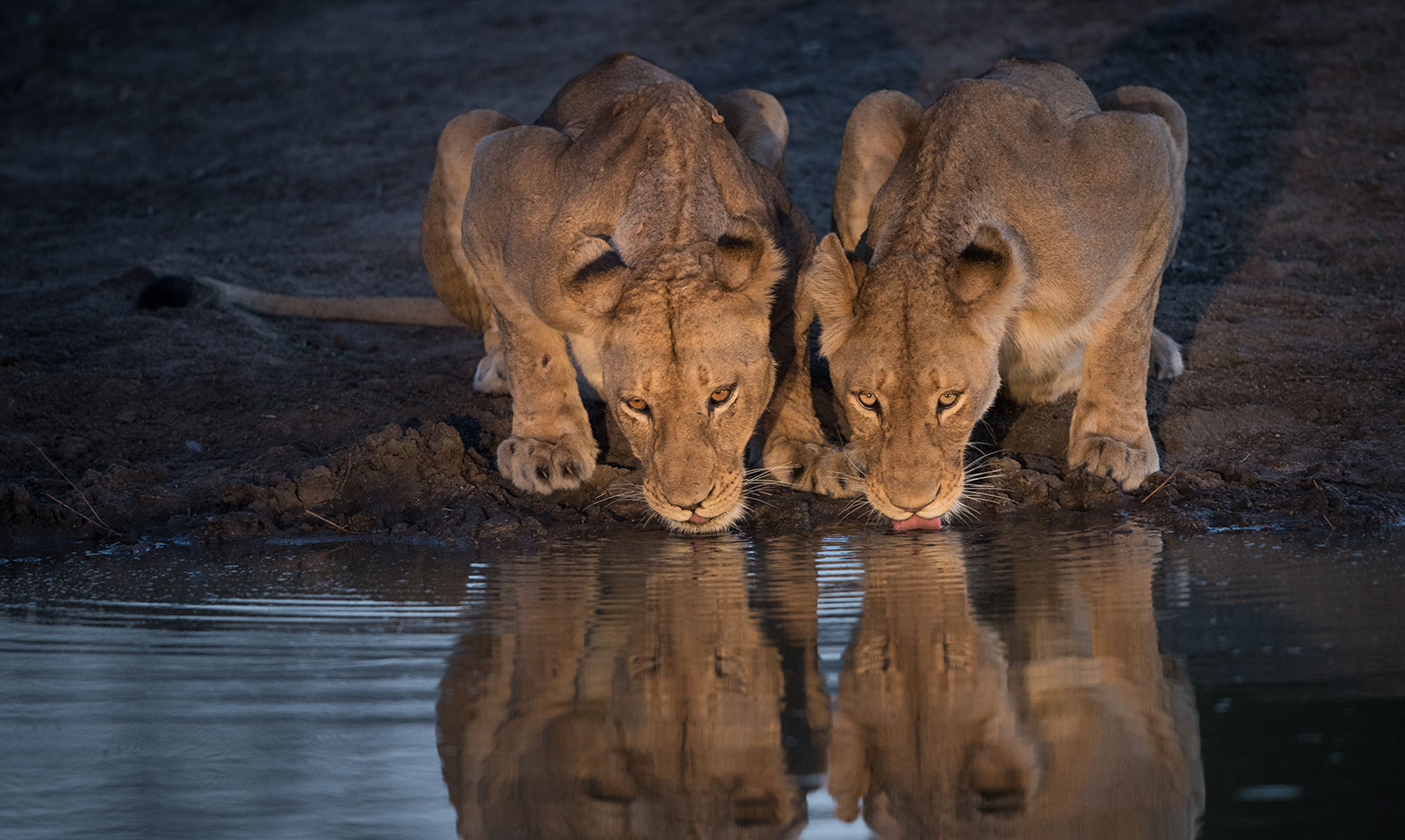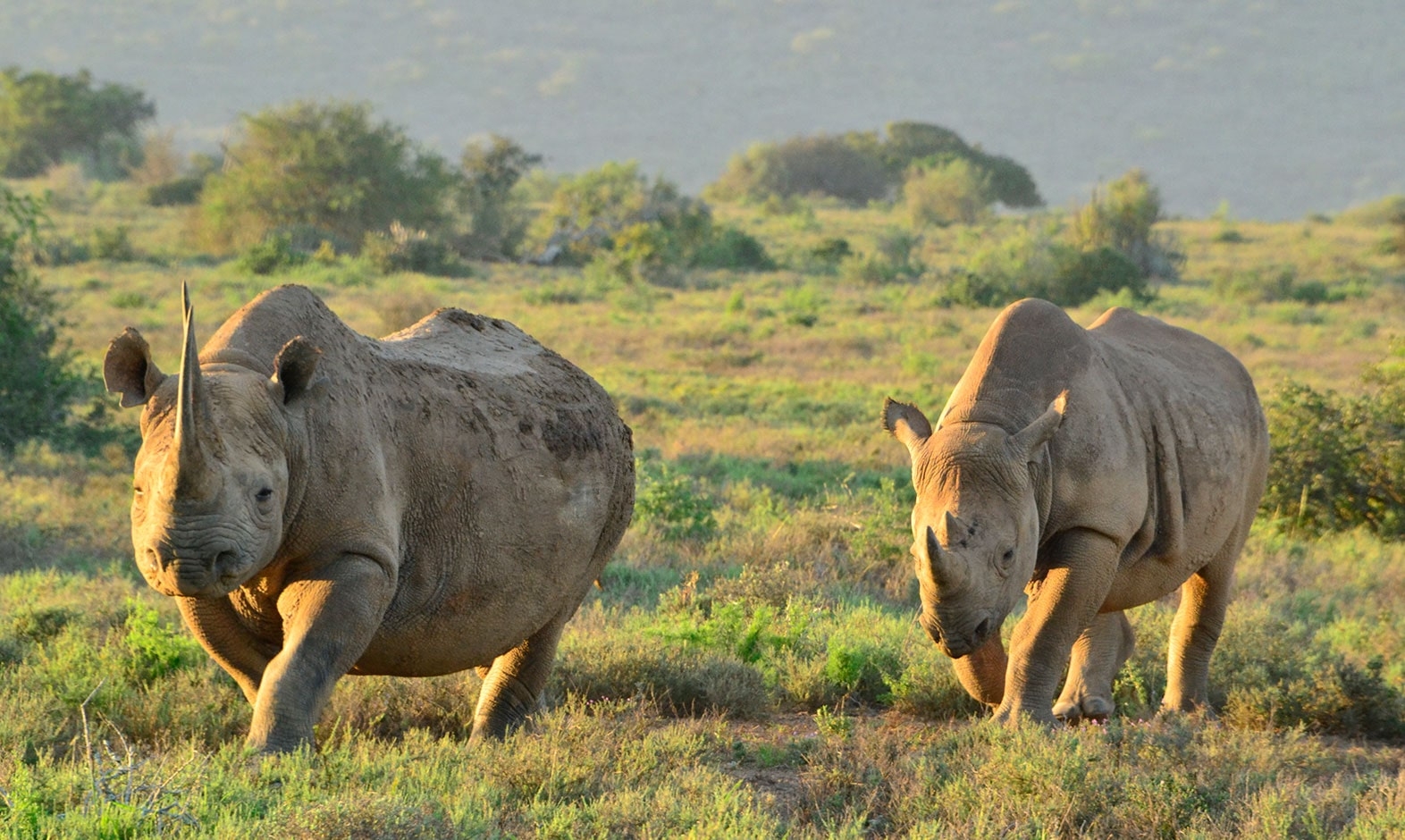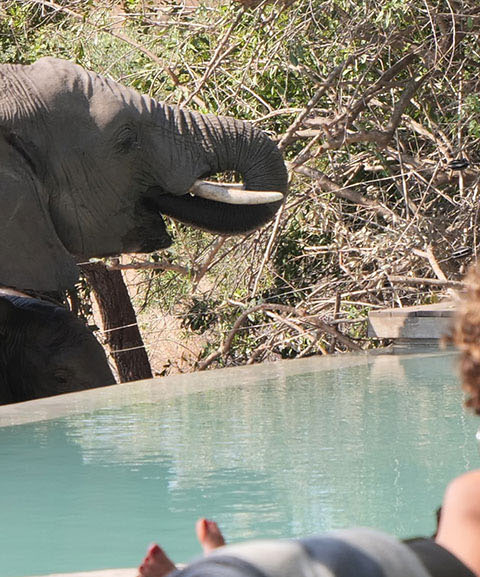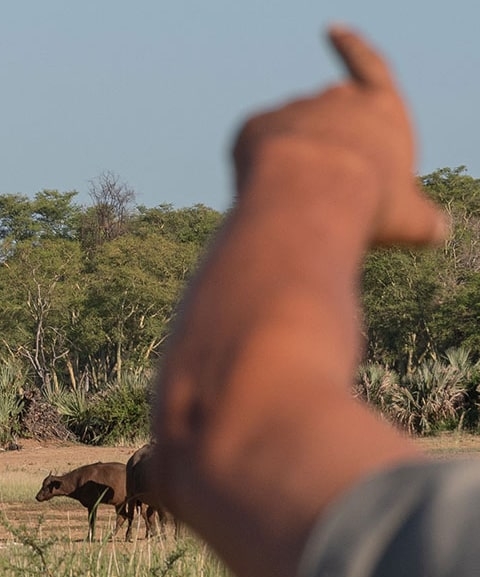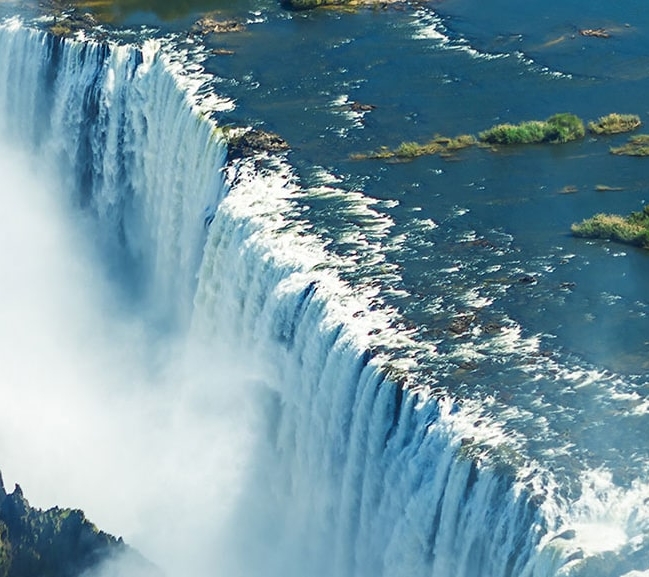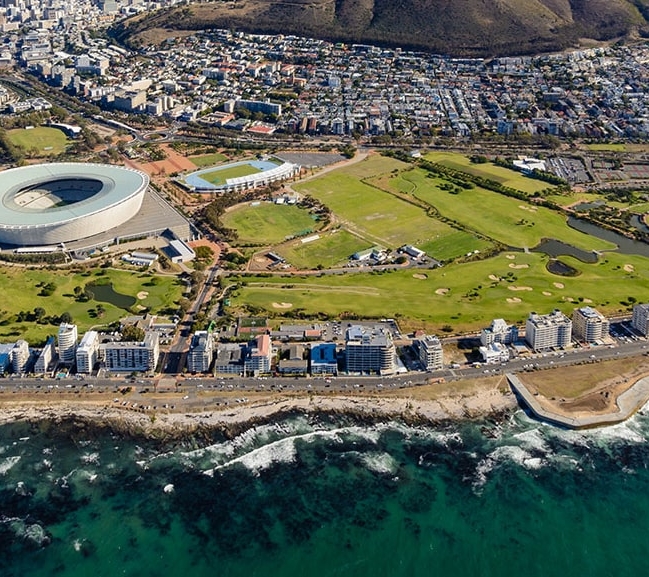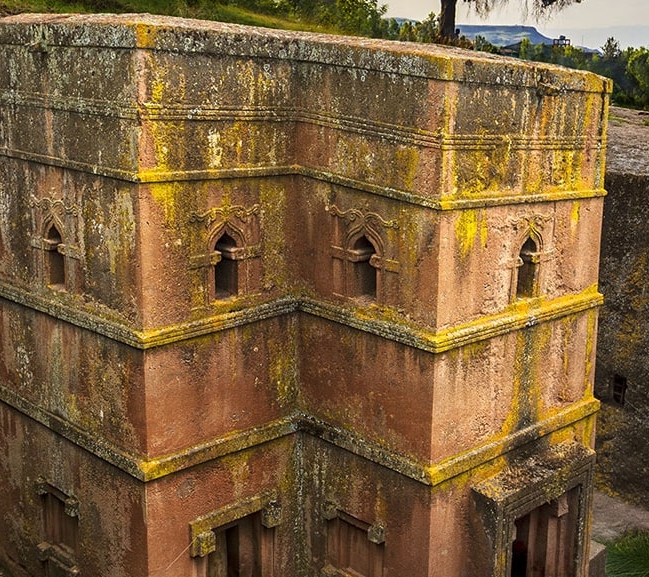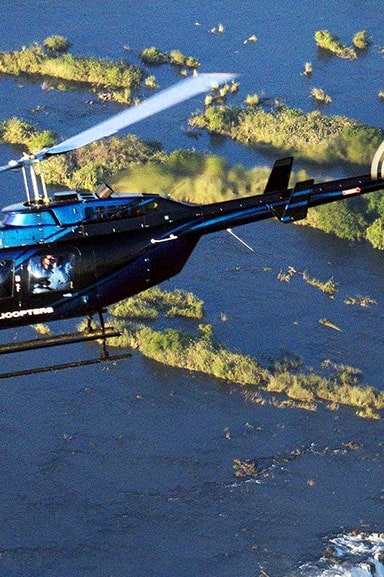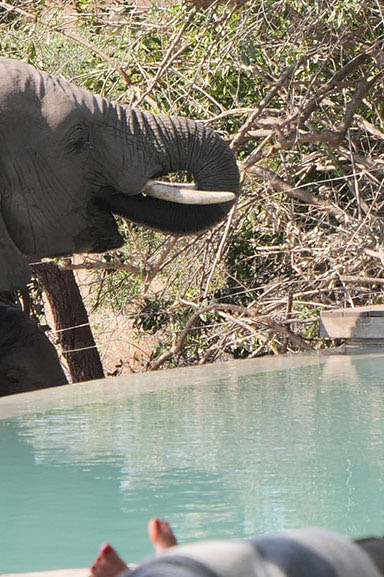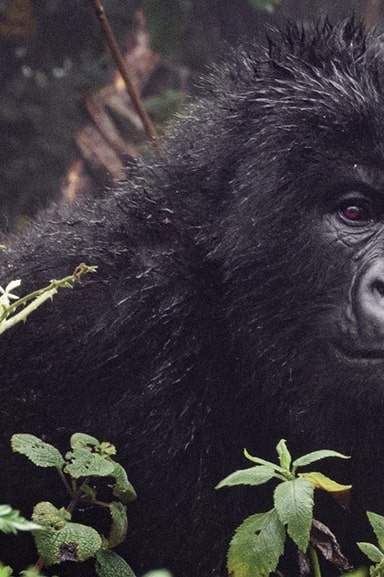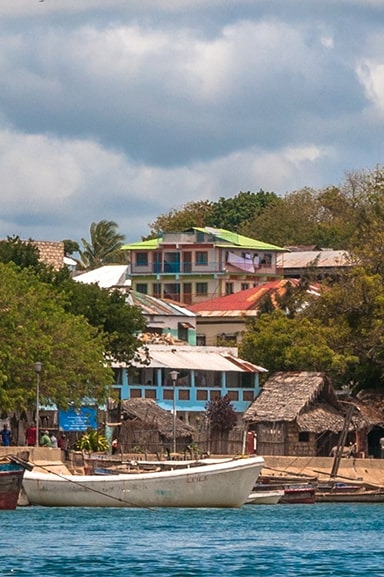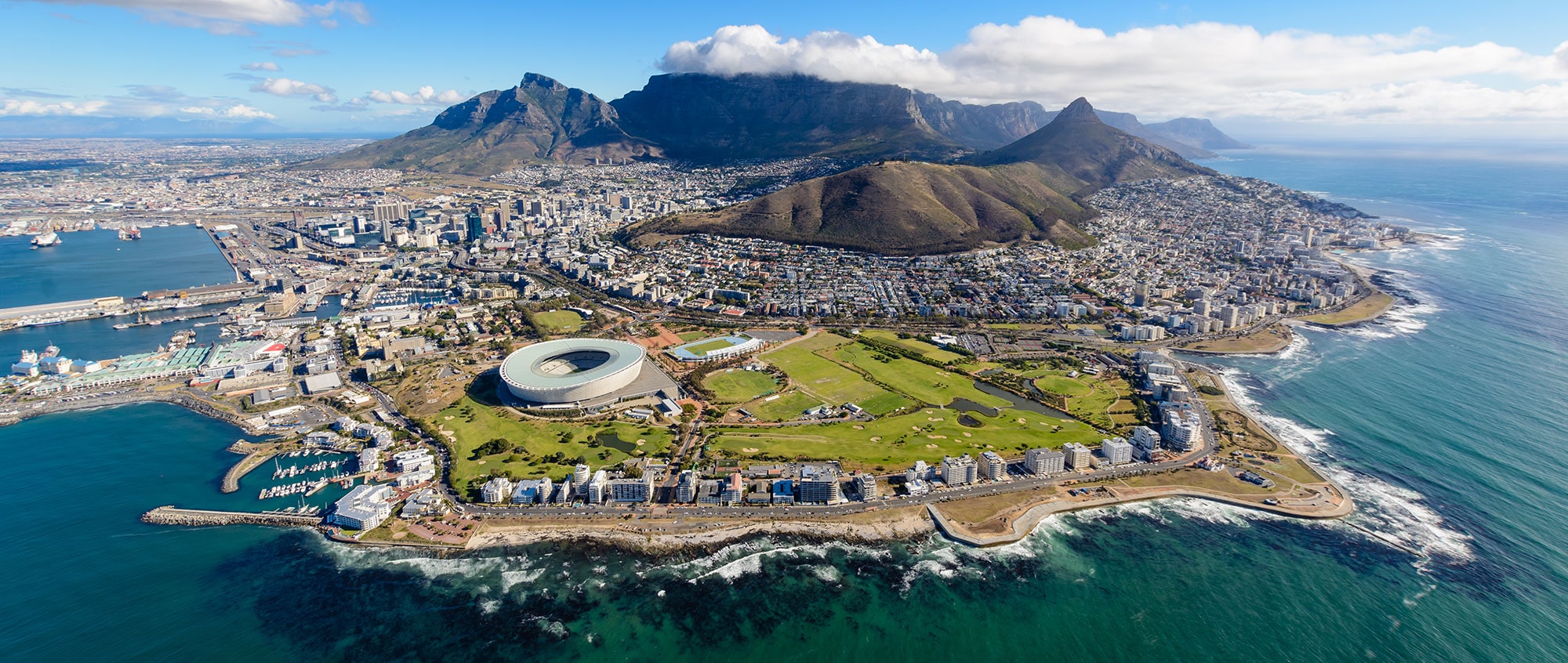
South Africa
Explore the diversity of South Africa, a destination brimming with contrasts, culture, and nature.
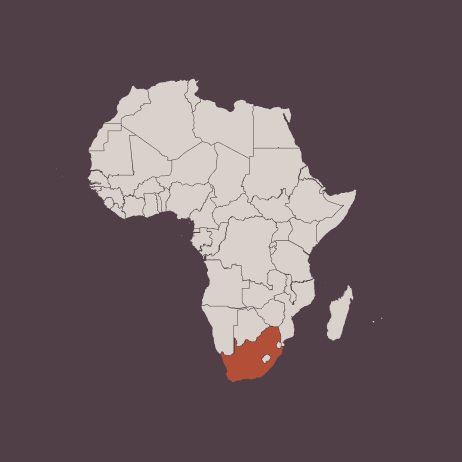
HIGHLIGHTS
- MORE THAN 900 PROTECTED AREAS, INCLUDING NATIONAL PARKS AND NATURE RESERVES, BOTH PRIVATE AND PUBLIC
- GREAT DIVERSITY OF NATURAL SCENERY AND LANDSCAPES
- AROUND 3,000 KM OF OCEAN COASTLINE
- NAMAQUALAND’S BLOOMING DESERT
- ONE OF THE MOST ATTRACTIVE SCENIC ROUTES ON THE PLANET, THE FLOWER ROUTE
BIOTIC ZONES
- FYNBOS
- SUCCULENT KAROO
- NAMA KAROO
- SHRUBLAND ECOREGION
- SHRUB SAVANNA
WILD LIFE
- 299 SPECIES OF MAMMALS AND MORE THAN 8,500 PLANT SPECIES
- 872 BIRD SPECIES
- THE SARDINE RUN AT CAPE AGULHAS IS ONE OF THE LARGEST MIGRATIONS ON THE PLANET
- LARGE POPULATION OF RHINOCEROSES UNDER CONSERVATION PROTECTION
A country with 1,221,037 km2 located on the southern limit of the African continent, sharing its borders with Namibia, Botswana, Zimbabwe, and Mozambique to the north, and Lesotho and Eswatini to the east. Its nearly 3,000 km of coastline border the Atlantic and Indian Oceans, with Cape Agulhas being the geographical landmark where the currents of both oceans meet.
Its impressive biological diversity makes this country a unique place with 9 biomes, one of them being the Fynbos, known as one of the 6 floral kingdoms in the world.
The interior of the country features a high central plateau surrounded by mountain ranges, including the Drakensberg to the west in Kwazulu-Natal.
South Africa has three types of climates. The central and northern plateau areas have two seasons; rainy from November to March, and dry from April to October. The entire Cape region and the southwest coast have a temperate Mediterranean climate, with dry summers and rainy winters with lower temperatures. Finally, the Eastern Cape and the entire east coast have warmer temperatures throughout the year, which increase along with higher humidity during the summers.
Its main natural destinations are the Kruger National Park, Garden Route National Park, Table Mountain National Park, West Coast National Park, Isimangaliso Wetland Park, and Madikwe Reserve.
TOP DESTINATION
Kruger National Park
With an area of 19,455 km² excluding the private reserves adjacent to the west of the park, Kruger spans over 350 km from north to south.
With an average elevation of 350 meters, its geography is mostly flat, except for the Lebombo hills to the east, and the rocky formations in the north of the park.
Its main rivers are from north to south, the Limpopo, Luvuvhu, Letaba, Olifants, Sabie, and Crocodile.
The Kruger National Park is home to 147 species of mammals, 2,000 species of plants, and 508 species of birds. It is a top destination for Africa’s Big 5 and has the largest population of elephants, rhinos, buffalo, and zebras in the country.
The climate is divided into rainy and dry seasons. Rainfall averages approximately 760 mm in the south of the park and drops considerably in the north, where it occurs mostly between October and March.
The average annual maximum temperatures hover around 30 ºC (86 ºF) and 23 ºC (73 ºF), respectively.
List of Safari Animals

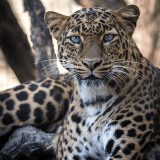
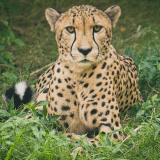

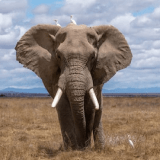
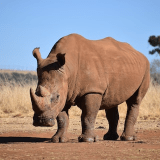
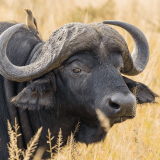
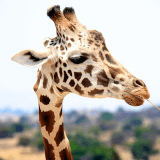
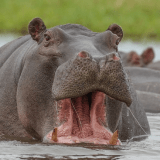
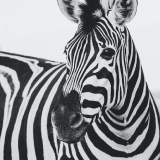
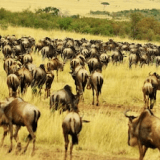
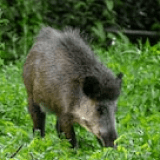
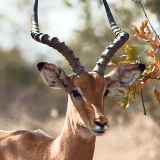
Other destinations to discover
Our travelers favorites
Customized itineraries designed especially for you
Let’s plan your trip to Africa together
Our travel experts are ready to start creating the adventure of your dreams.
